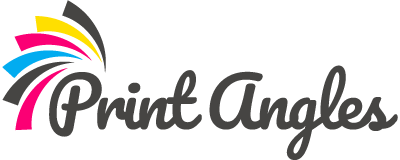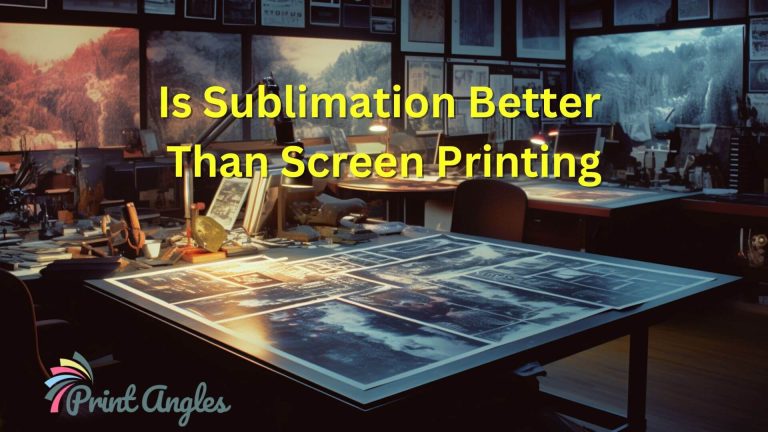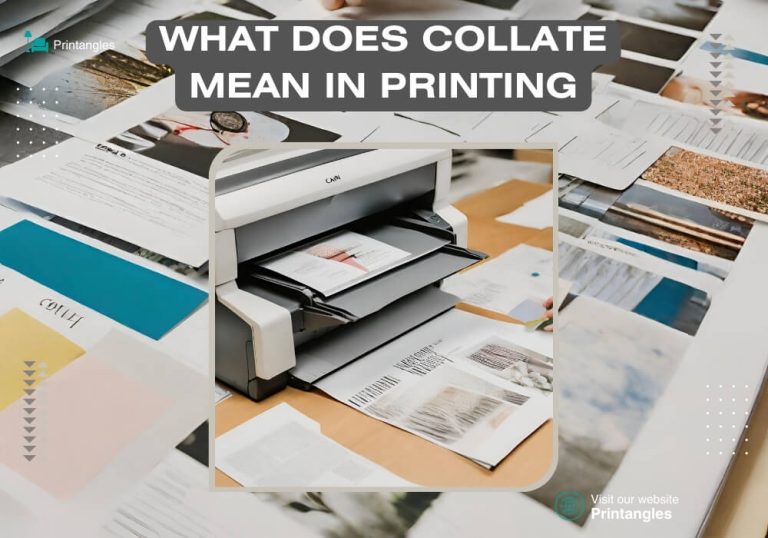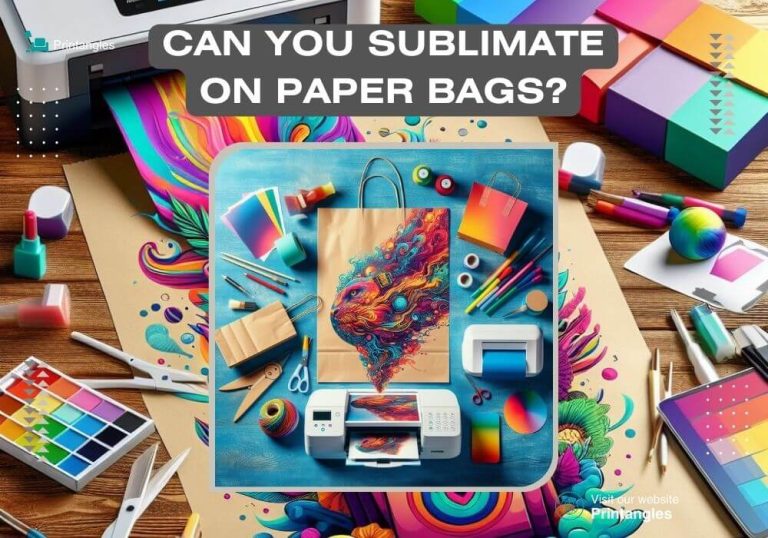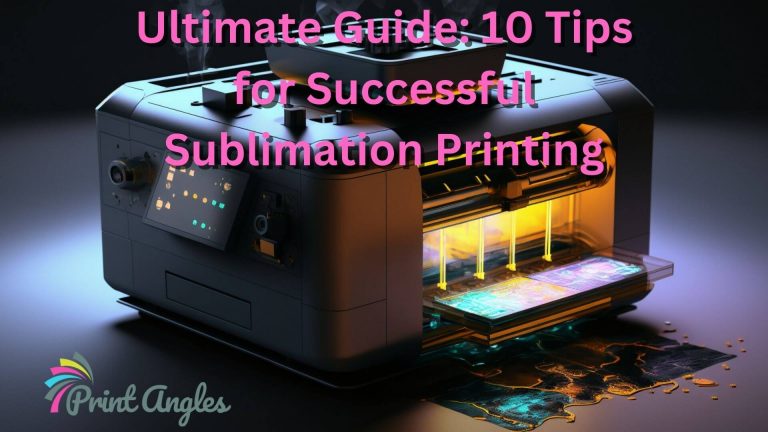How to Choose the Right Sublimation Printer for Your Business Needs 2023
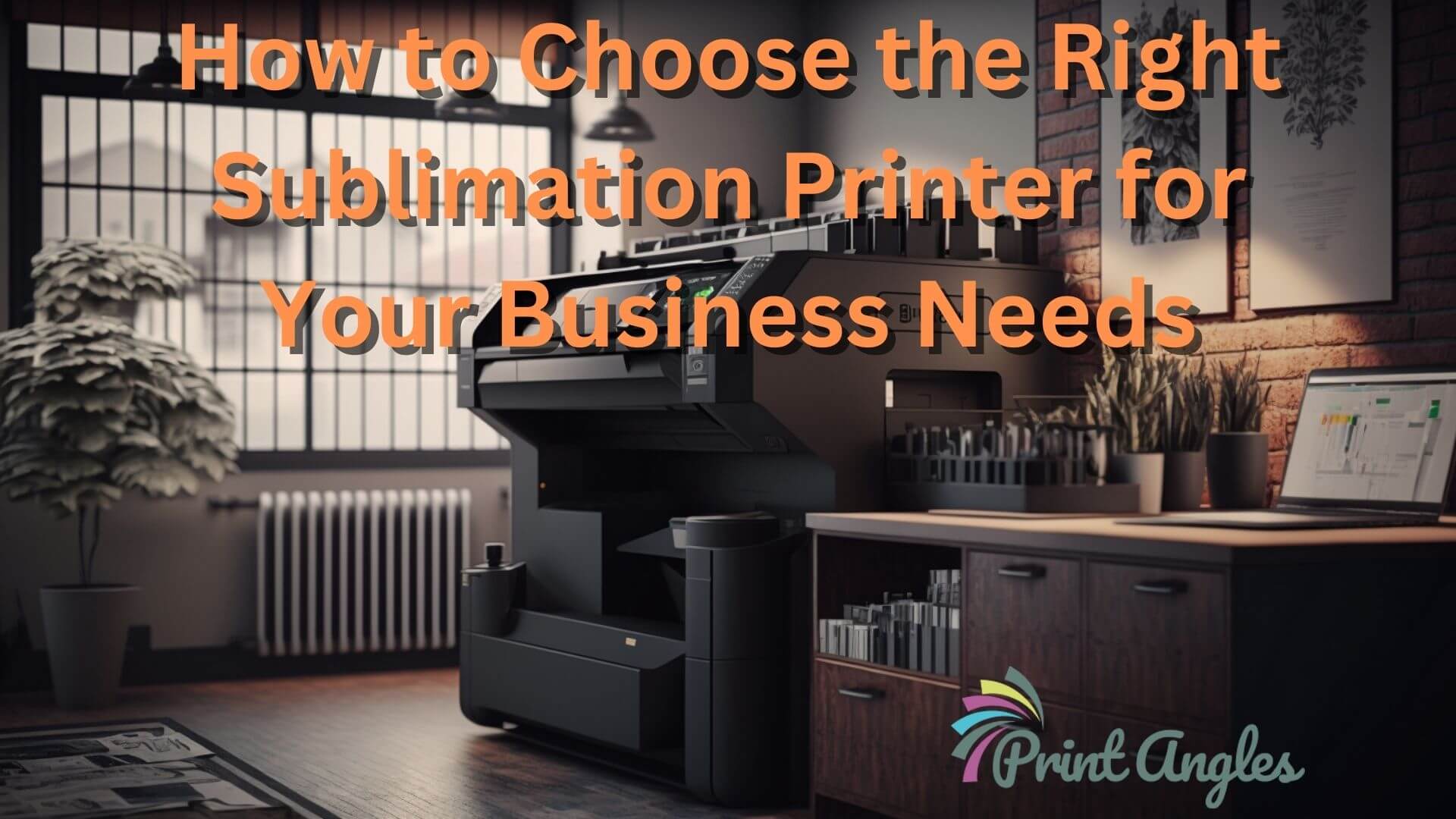
In the world of sublimation printing, the key to unleashing your creative prowess lies in selecting the perfect sublimation printer. But with a multitude of options available, finding the right one can feel like searching for a needle in a digital haystack. Fret not! In this concise guide, we unlock the secrets to help you navigate the labyrinth and guide you how to choose the right sublimation printer for your business needs. Prepare to dive into the world of sublime printing possibilities and unlock your true potential.
Sublimation printing is a popular technique for printing on textiles, mugs, and other items so, choosing the right sublimation printer is a game-changer, propelling you towards unrivaled printing precision and captivating colors. So, if you’re ready to embark on a journey of excellence, let’s dive into the crucial factors that will lead you to the sublime sublimation printer tailored specifically for you.
Table of Contents
- How to Choose Right Sublimation Printer: Factors to Consider
- Frequently Asked Questions
- What is sublimation printing?
- What is the difference between dye-sublimation ink and pigment-based ink?
- What is the best size sublimation printer for my business?
- Can I print on both sides of a material using a sublimation printer?
- Can I use a regular printer for sublimation printing?
- What should I buy for sublimation printing?
- What is the cheapest way to start sublimation?
- What is the difference in sublimation printers?
- Conclusion – How to Choose the Right Sublimation Printer
How to Choose Right Sublimation Printer: Factors to Consider
When it comes to choosing the best sublimation printer, there are several crucial factors to consider. These factors will ensure that the printer you select meets your specific requirements and allows you to achieve the best possible printing results. Here are the key factors for how to choose the right sublimation printer for your unique needs:
Printing Goals
Define your printing goals and determine the type of prints you want to produce. Whether it’s high-quality photos, personalized merchandise, or vibrant fabric designs, aligning your goals with the printer’s capabilities is essential.
Printing Size and Capacity
The first factor to consider when choosing a sublimation printer is the size and capacity of the printer. This is especially important if you plan to print large items such as banners, flags, or large-format graphics.
In general, the larger the printer, the more expensive it will be. However, it’s important to balance the size and capacity of the printer with your business needs and budget.
Print Quality
Print quality is another important factor to consider when choosing a sublimation printer. Higher-end printers generally produce higher quality prints, but they can also be more expensive. If you’re just starting out, a mid-range printer may be a good choice.
However, if you’re planning to produce high-quality prints for commercial use, it may be worth investing in a higher-end printer.

Read More: Sublimation & Screen Printing Comparison, Heat transfer paper and sublimation ink
Speed and Productivity
Evaluate the print speed of the printer to determine if it matches your desired turnaround time. A faster printer can significantly improve your productivity, allowing you to complete projects efficiently.
Ink Type
Another key factor to consider is the type of sublimation ink used by the printer. There are two main types of sublimation inks used in sublimation printing: dye-sublimation ink and pigment-based ink. Dye-sublimation ink produces vibrant colors and is ideal for printing on fabrics and textiles.
Pigment-based ink, on the other hand, is better for printing on hard surfaces such as ceramics, metal, and glass. Choosing the right ink is crucial for getting the best sublimation prints.

Connectivity
The connectivity options of a sublimation printer are also important to consider. Some printers have built-in Wi-Fi, which makes it easy to connect to your network and print from anywhere in your office or shop.
Others may only have USB or Ethernet connectivity. Make sure to choose a printer that has the connectivity options that meet your business needs.
Support and Warranty
Consider the manufacturer’s support options and warranty coverage. Look for reputable brands that provide comprehensive customer support and reliable warranties to address any potential issues.
Software Compatibility
When you are starting a new sublimation project, must check if the printer is compatible with the design software you intend to use. Having seamless integration between the printer and your preferred software can streamline your workflow and enhance efficiency.
Media Handling Capabilities
Evaluate the printer’s media handling capabilities, such as its ability to print on various materials like fabrics, mugs, ceramic tiles, or metal surfaces. This versatility can expand your creative possibilities and broaden the range of products you can create.
Print Durability
Assess the durability of the prints produced by the printer. Look for fade-resistant and long-lasting prints that can withstand environmental factors like sunlight, moisture, and wear and tear.
Reviews and Recommendations
Research and read reviews from other users who have experience with the printer models you are considering. Real-life experiences and feedback can provide valuable insights into the performance, reliability, and overall satisfaction with a particular printer.
Price
Finally, price is a key consideration when it comes to how to choose a right sublimation printer. Prices can range from a few hundred dollars to several thousand dollars, depending on the size, capacity, and features of the printer. Make sure to choose a printer that fits within your budget, but don’t sacrifice quality for a lower price.
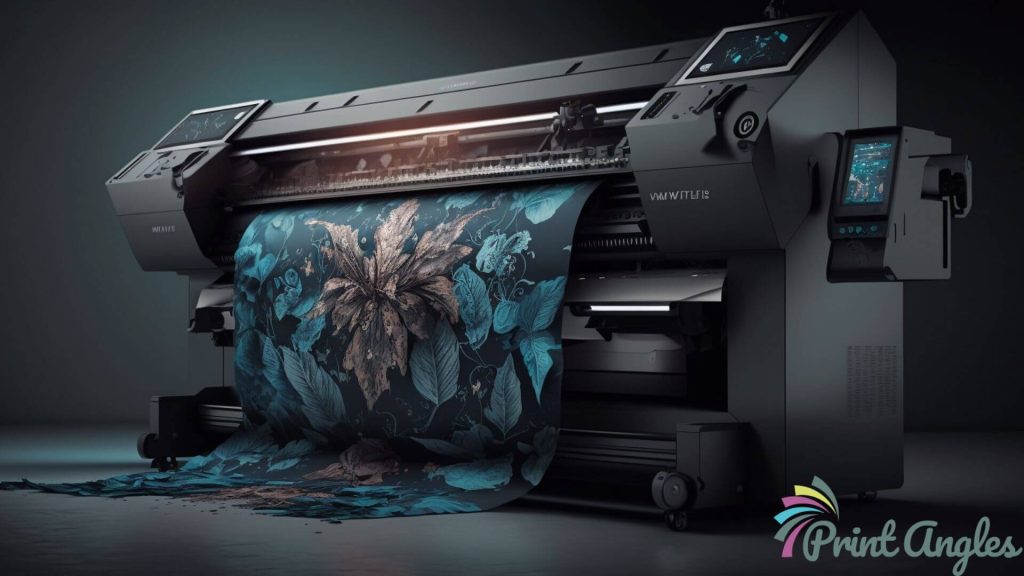
Frequently Asked Questions
What is sublimation printing?
Sublimation printing is a technique used to transfer wide range of images onto various materials, such as textiles, ceramics, and metal, using heat and pressure.
The image is first printed onto a transfer paper which is a special sublimation paper using special sublimation ink, and then the paper is placed onto the material and heat is applied.
The ink then sublimates, or turns from a solid to a gas, and penetrates the material, resulting in a permanent and high quality images.
Also read: How To Use Sublimation Paper: A Comprehensive Guide
What is the difference between dye-sublimation ink and pigment-based ink?
Dye-sublimation ink produces vibrant colors and that’s why dye sublimation printing is ideal for printing on fabrics and textiles.
Pigment-based ink, on the other hand, is better for printing on hard surfaces such as ceramics, metal, and glass.
Also read: Sublimation vs Infusible Ink
What is the best size sublimation printer for my business?
The size of the sublimation printer you need depends on the types of items you plan to print.
If you need to print large items such as banners and flags, you will need a larger printer.
However, if you plan to print smaller items such as mugs and phone cases, a smaller printer may be sufficient. The answer to the question how to choose the right sublimation printer solely depends on your printing needs.
Recommended: Best Printer for T Shirts
Can I print on both sides of a material using a sublimation printer?
Yes, it is possible to print on both sides of a material using a sublimation printer.
However, it may require additional equipment and techniques to ensure that the images are aligned correctly and the ink doesn’t bleed through to the other side.
Can I use a regular printer for sublimation printing?
The short answer is no, you cannot use a regular printer for sublimation printing.
Sublimation printing requires a printer that is specifically designed for this technique, which uses special sublimation ink and heat to transfer the image onto the material. Therefore, choose one of the best sublimation printers for having best results.
Also read: Can You Use a Regular Printer For Transfer Paper
What should I buy for sublimation printing?
To get started with sublimation printing, you will need a sublimation printer, sublimation ink, sublimation transfer paper, and a heat press.
You may also need additional equipment such as a cutting machine, a heat-resistant tape, and a color calibration tool to ensure that your prints are accurate and high-quality.
Also read: Best Sublimation Paper, Best Heat Transfer Sublimation Printers
What is the cheapest way to start sublimation?
The cheapest way to start sublimation printing is to purchase a entry level sublimation printer that has low cost and sublimation ink set, as well as transfer paper and a heat press.
You can also purchase a bundle that includes all of these items together.
However, keep in mind that cheaper printers may have lower print quality and limited features.
Read more about the Best Sublimation Printer for Beginners
What is the difference in sublimation printers?
Sublimation printers vary in terms of printing size and capacity, print quality, ink type, connectivity, and price.
Some printers are designed for small-scale, home-based printing, while others are meant for high-volume, commercial printing.
Some printers use dye-sublimation ink, while others use pigment-based ink.
Additionally, some printers offer wireless connectivity options, while others require a wired connection to a computer.
It is important to consider these factors when choosing a sublimation printer for your business needs.
Conclusion – How to Choose the Right Sublimation Printer
So, how to choose the right sublimation printer for your business needs? Well, choosing the right sublimation printer requires careful consideration of factors such as printing size and capacity, print quality, ink type, connectivity, and price.
By taking the time to evaluate these factors, you can ensure that you choose a printer that meets your needs and fits within your budget.
With the right sublimation printer, you can create high-quality, permanent prints on a variety of materials, helping to grow your business and satisfy your customers.

I’m Derrick Flora and I am the owner of Printangles.com. I am the father of 2 angles and 1 boy and I am 37 years old. I had done Bachelor in Fashion and Textile Studies from FIT State University of New York. It’s been 7 years since when started the sublimation business. I sublimated mugs, t-shirts, canvas, and many more. And we have analyzed some things that beginners don’t apply the actual strategies to complete the project. And those strategies are making your sublimation better onto the material. What do beginners do, they just buy the sublimation printer and the heat press without knowing about them.
